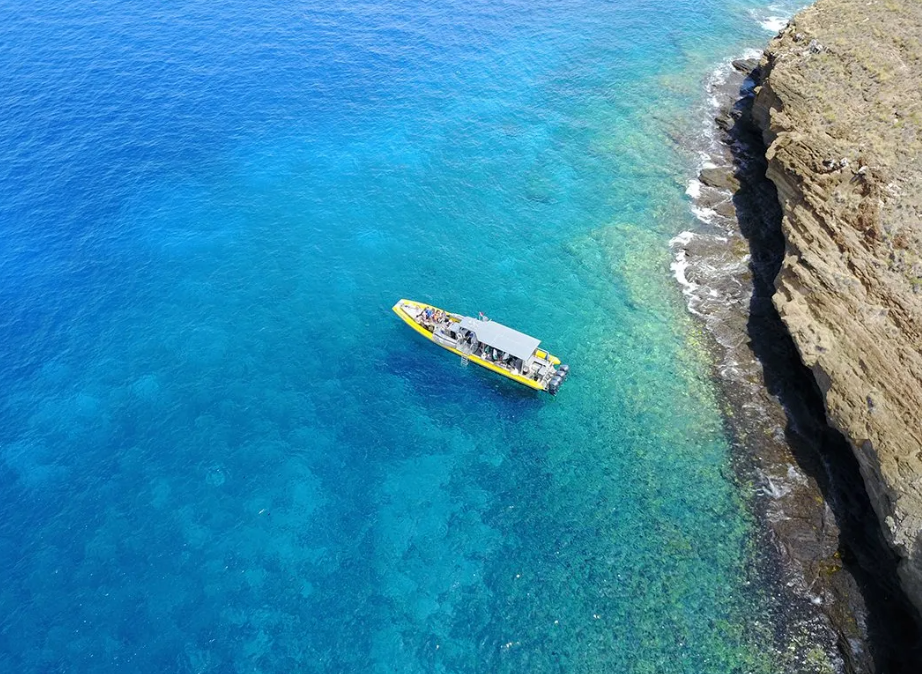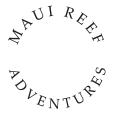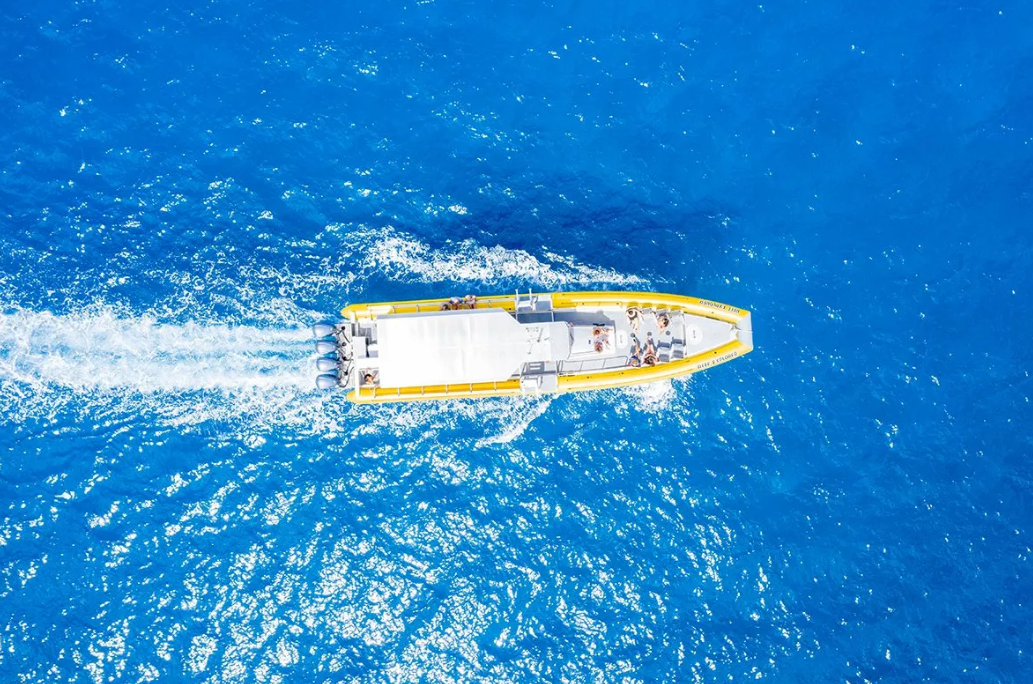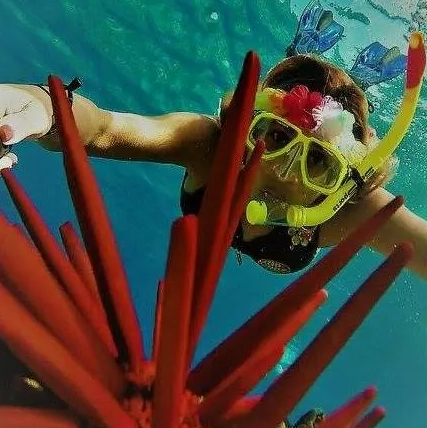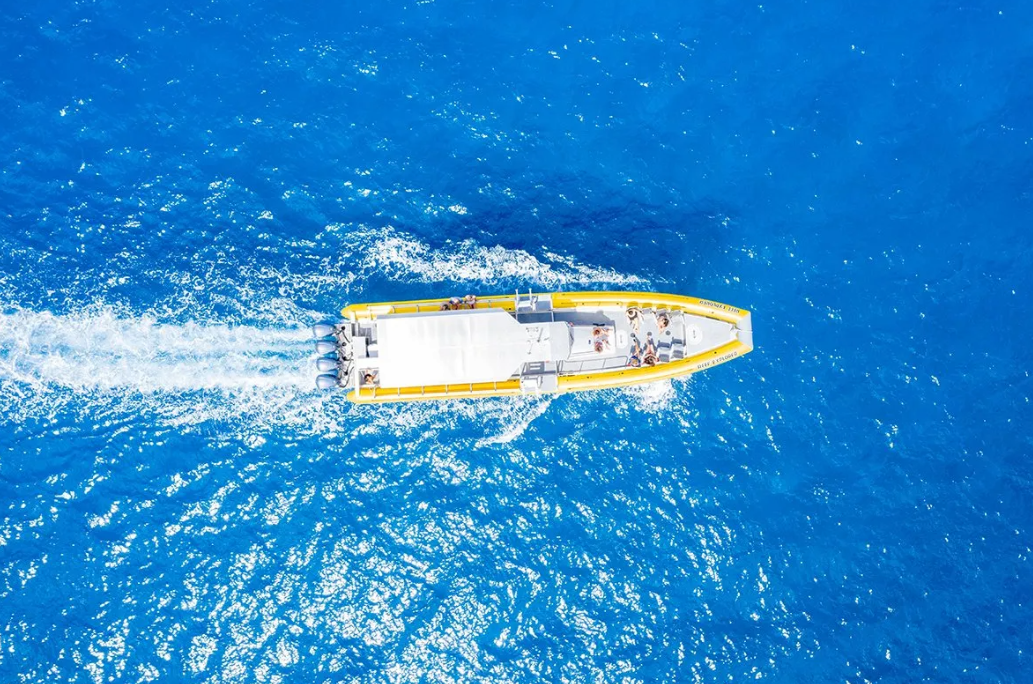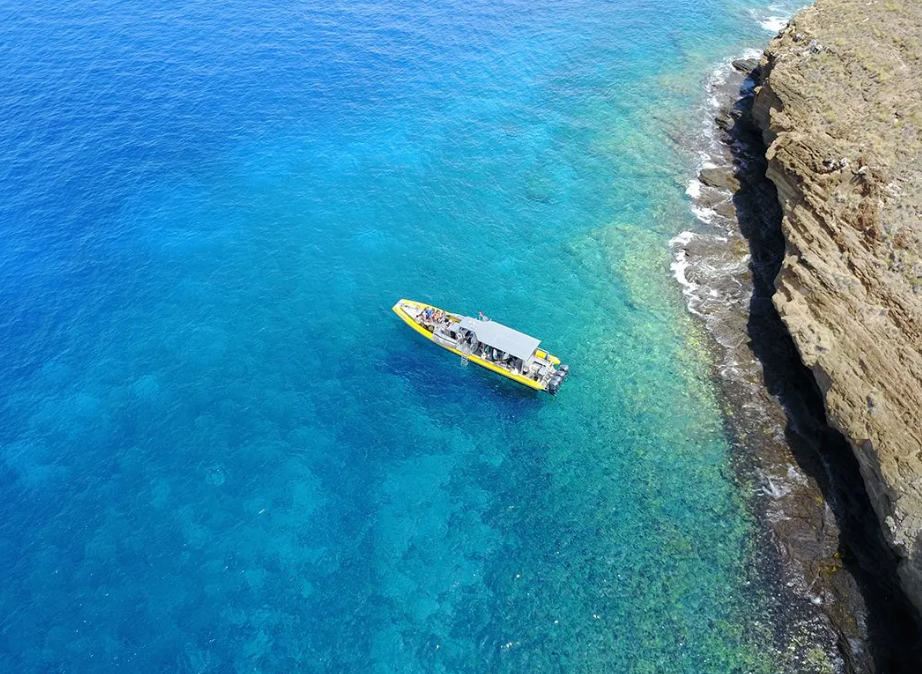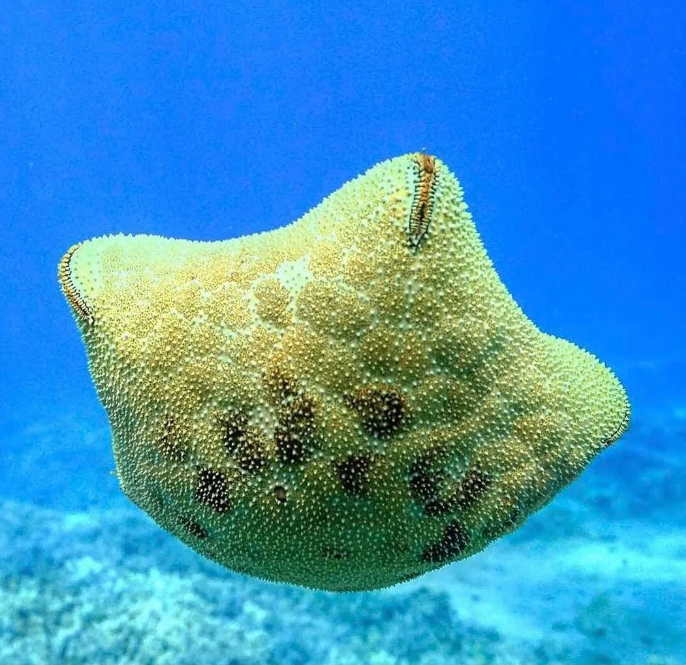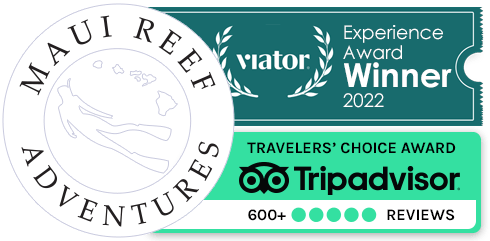What’s the Best Time to Snorkel Molokini?
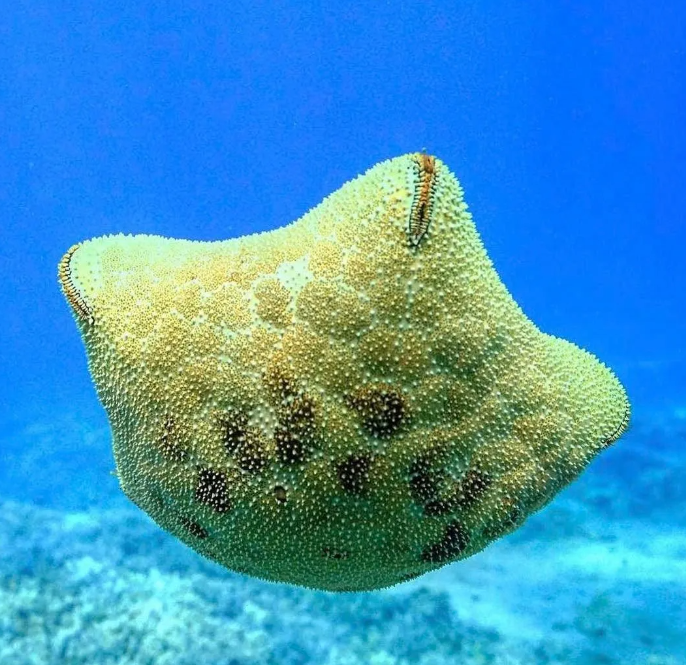
The best time to snorkel Molokini is…well there’s really no BAD time to snorkel Molokini, but there are some factors to take into consideration. Molokini is a world-class snorkeling destination. Crystal-clear water. Abundant marine life. A unique crescent shape that protects the reef.
We guide guests to Molokini every day. We know when conditions shine and when they fall short. Let’s answer the most common questions about the best time to snorkel Molokini.
What time of year is the best time to snorkel Molokini?
Every season in Maui brings something different.
Winter means cooler mornings and bigger swells.
Summer means calmer seas and hot sunshine.
Fall and spring give a balance between both.
The best time of year depends on what you want most: calm seas, fewer crowds, or extra activities like whale watching.
Which months offer the clearest water at Molokini?
Molokini enjoys clarity year-round. Average visibility often stretches past 100 feet. That’s what makes the spot famous.
Still, some months outshine others.
Late spring through early fall often provides the clearest conditions. Less rain means less runoff from land. Water stays calm and glassy.
Winter still offers incredible snorkeling, but larger swells can stir up sediment and make conditions less predictable.
If your top priority is crystal water, late April to September is your sweet spot.
When is whale season in Maui, and does it affect snorkeling at Molokini?
Whale season runs from December through April. Humpback whales migrate from Alaska to give birth and raise calves in Hawaiian waters.
You might see a tail slap or hear a whale song echo underwater. Snorkeling during whale season adds magic to your trip.
Whales don’t harm snorkeling conditions at Molokini. In fact, they make the journey more memorable. The only thing that changes is tour popularity. Spots fill fast in winter.
What is the best time of day to snorkel at Molokini?
The answer is simple: morning.
Why? Maui’s trade winds usually start light at sunrise and grow stronger through the day. Calm seas in the morning create smoother rides, better visibility, and safer snorkeling.
By afternoon, winds often pick up, waves grow, and tours wrap up.
Why do most tours to Molokini leave early in the morning?
We launch early because that’s when the snorkelling shines.
Seas lie calm.
Wind stays low.
Fish and marine life stir to life after sunrise.
Visibility peaks.
Leaving early means you experience Molokini before the trade winds arrive. That’s why early boats secure the best conditions.
Can you snorkel Molokini in the afternoon?
It’s possible but less ideal.
Afternoon brings stronger winds and rougher water. Visibility can drop. The ride out becomes bumpy. Safety becomes more of a concern.
Some operators offer afternoon charters, but they often serve as backup options, not first choice. If you want the prime Molokini experience, book a morning tour.
How do weather and ocean conditions impact snorkeling at Molokini?
Ocean conditions control your experience. Calm seas equal smooth travel, bright visibility, and relaxed snorkeling.
The main factors:
Wind: Strong winds create chop and current.
Swell: Big waves affect visibility.
Rain: Freshwater runoff clouds the water near shore, though Molokini itself stays clearer than most reefs.
At Maui Reef Adventures, we monitor weather daily and adjust for safety.
What kind of visibility can you expect at Molokini?
On a good day, visibility reaches 150 feet. Even on an average day, you’ll still enjoy 80 to 100 feet of clarity.
Few places in the world match that.
Visibility changes with wind and swell. Early morning delivers the highest chance of glassy conditions. That’s one reason our Molokini snorkel tours head out early.
How does wind affect snorkeling tours at Molokini?
Maui’s trade winds blow most days. They arrive in late morning and build through the afternoon.
At Molokini, that means choppier seas, lower visibility, and more difficult swimming conditions.
Morning avoids the problem. That’s why every experienced operator sets sail early.
What is the best way to plan your Molokini snorkel trip?
Planning matters almost as much as timing.
Book with an experienced operator who knows the crater. Choose smaller group tours for more space in the water. Aim for an early morning departure to maximize conditions.
Here are the best tips:
Book early, especially during winter whale season.
Choose a tour that focuses on Molokini, not one that rushes through multiple stops.
Ask about group size. Smaller boats often give a more personal experience.
Pack reef-safe sunscreen, a rash guard, and water.
Planning your snorkel trip with Maui Reef Adventure
Molokini never disappoints, but timing makes it extraordinary.
Visit in late spring through early fall for the clearest water.
Choose early morning for calm seas and top visibility.
Plan around whale season if you want to see humpbacks.
Book in advance and travel with an experienced crew.
We take pride in showing guests Molokini at its best. With the right timing, you’ll see why this crater ranks as one of the world’s most unforgettable snorkeling spots.
So when is the best time to snorkel Molokini? The simplest answer is: there’s never a bad time!
